
Cradle, southeastern Massachusetts, 1660–1700. Red oak, white pine, and maple. H. 32", W. 33 3/4", D. 24 1/4". (Courtesy, Wadsworth Atheneum; photo, Gavin Ashworth.)
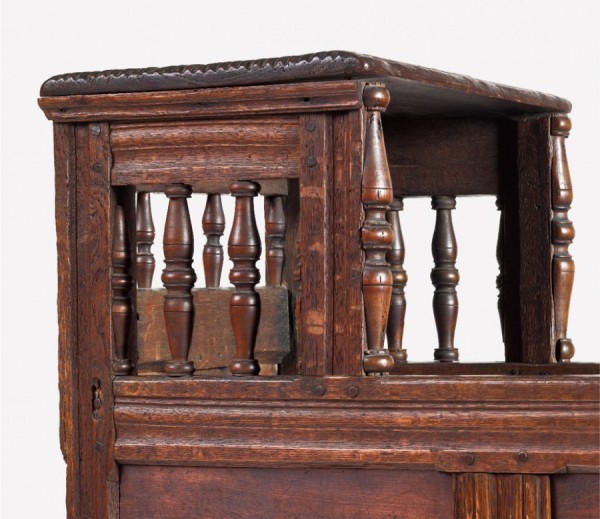
Detail of the cradle illustrated in fig. 1. (Photo, Gavin Ashworth.)
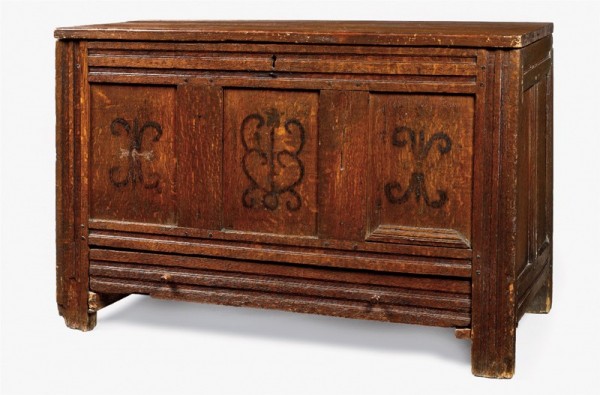
Chest, southeastern Massachusetts, 1660–1700. Red and white oak. H. 28", W. 42", D. 20". (Courtesy, Pilgrim Hall Museum; photo, Gavin Ashworth.)
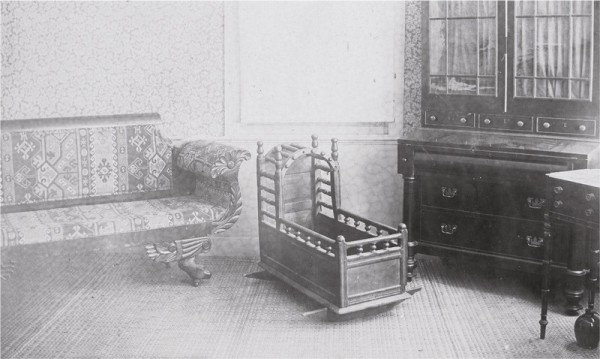
Cradle, southeastern Massachusetts, 1660–1700. Oak and white pine. Dimensions not recorded. (Courtesy, Historic New England.)

Cradle, southeastern Massachusetts, 1660–1700. Red oak and white pine. H. 33 1/4", W. 33 5/8", D. 25 1/4". (Courtesy, Historic New England; photo, Peter Harholdt.)
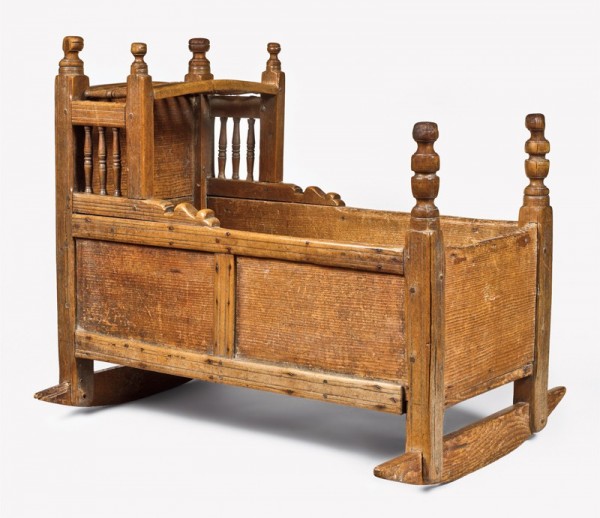
Cradle, southeastern Massachusetts, 1680–1700. Maple and white pine. H. 31 3/4", W. 36 3/8", D. 18 1/4". (Courtesy, Pilgrim Hall Museum; photo, Gavin Ashworth.)
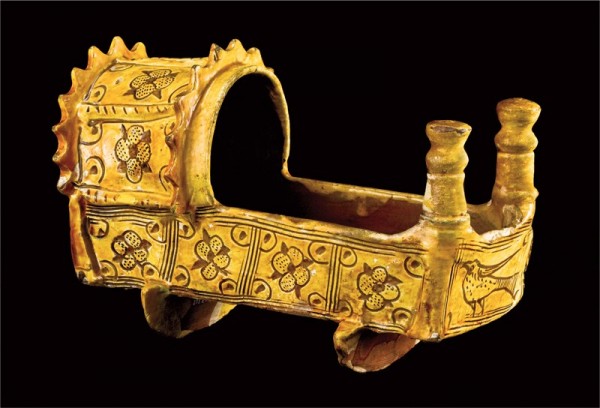
Cradle, North Devon, England, 1698. Lead-glazed earthenware. Dimensions not recorded. (Private collection; photo, Gavin Ashworth.) Large quantities of North Devon sgraffito ware were exported to the American colonies, but very few examples survive outside archaeological collections.
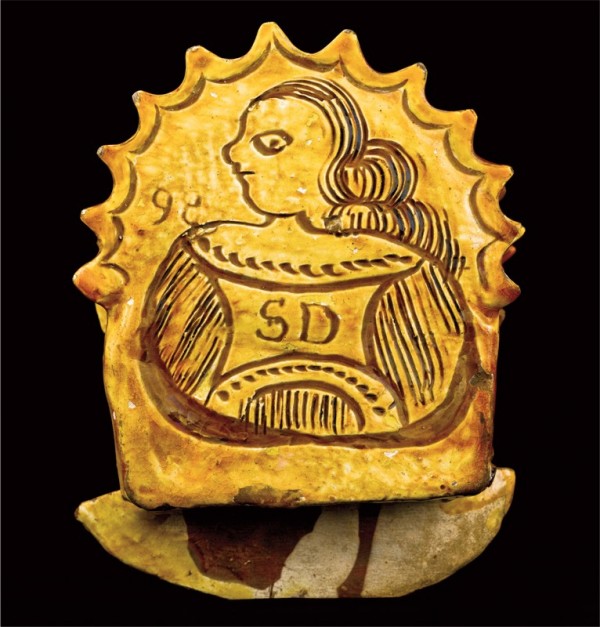
Detail of the woman’s head incised on one end of the cradle illustrated in fig. 7. (Photo, Gavin Ashworth.)
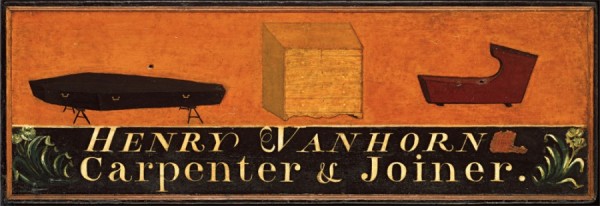
Henry Vanhorn Shop Sign, attributed to Edward Hicks, Bucks County, Pennsylvania, ca. 1805. Oil and pencil on yellow poplar. 17 1/8" x 54 5/16". (Courtesy, Colonial Williamsburg Foundation, Museum Purchase.)
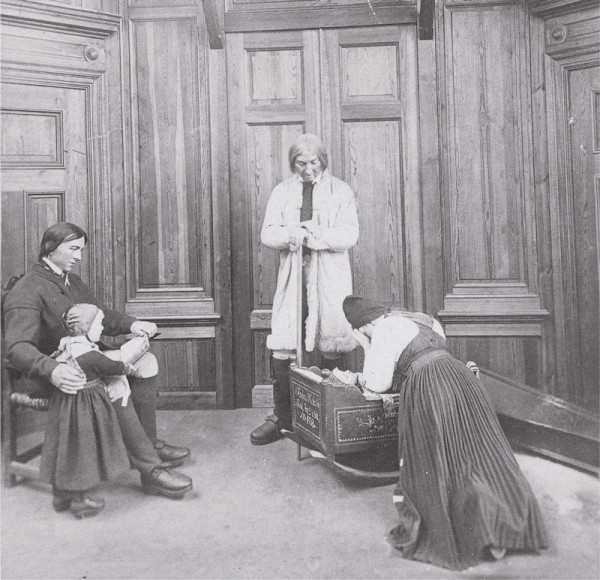
“Our Baby’s Death, Swedish Section: M.B.”, Centennial Exhibition, Philadelphia, 1876. (Courtesy, Print and Picture Collection, Free Library of Philadelphia, Centennial Collection.)
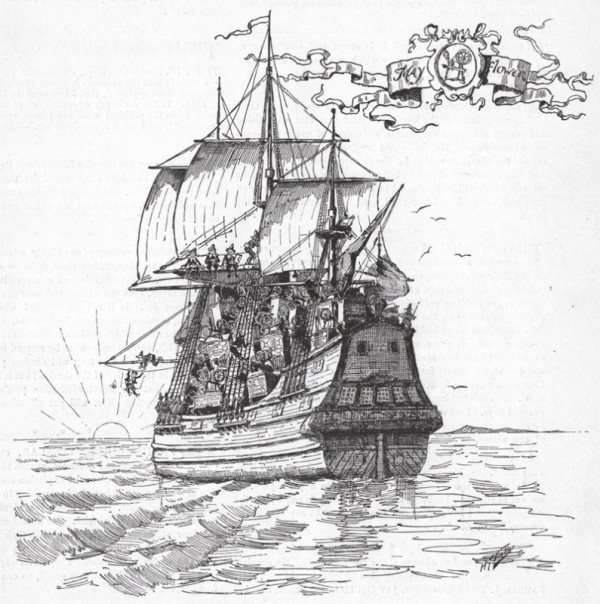
“THIS GIDDY GLOBE/ THE MAYFLOWER,” Life Magazine 2, no. 41 (October 11, 1883): 171.
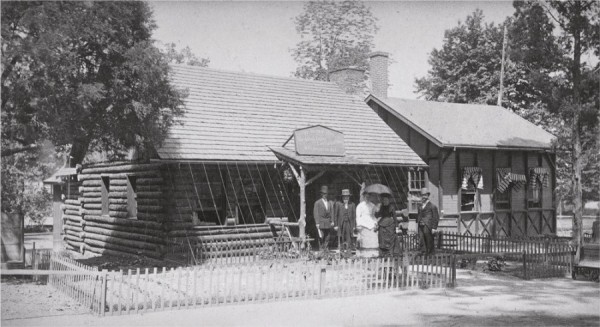
Log Cabin in “Ye olden time,” 1876. (Courtesy, Print and Picture Collection, Free Library of Philadelphia, Centennial Collection.)
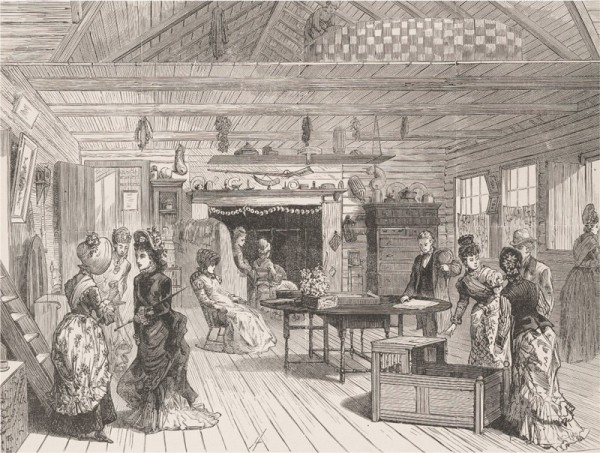
“New England Kitchen,” Frank Leslie’s Illustrated Historical Register of the Centennial Exposition, 1876. Wood engraving. (Courtesy, Beinecke Rare Book and Manuscript Library, Yale University.)
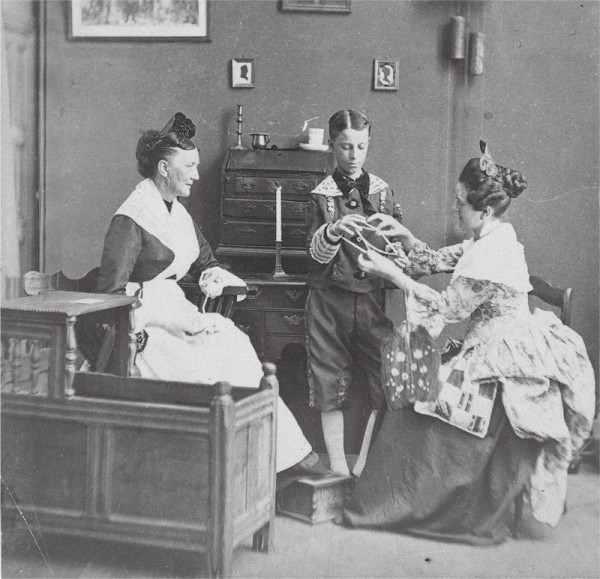
Log Cabin Studies, “Cat’s Cradle,” 1876. (Courtesy, Print and Picture Collection, Free Library of Philadelphia, Centennial Collection.)
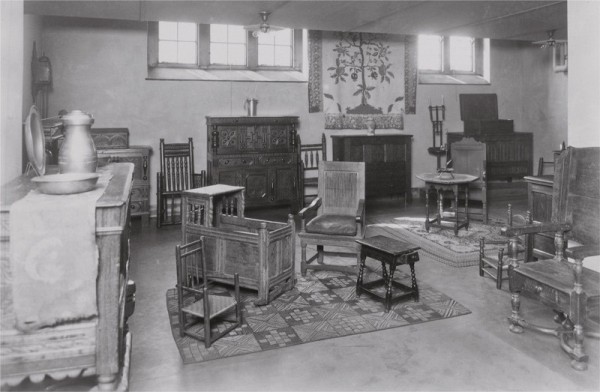
Photograph showing part of the Wallace Nutting Collection of Early American Furniture, Hartford, Connecticut, ca. 1928. (Courtesy, Wadsworth Atheneum.)
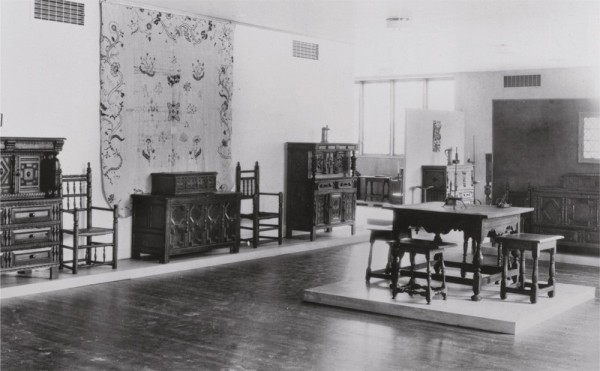
Photograph showing part of the Wallace Nutting Collection of Early American Furniture, Hartford, Connecticut, ca. 1935. (Courtesy, Wadsworth Atheneum.)
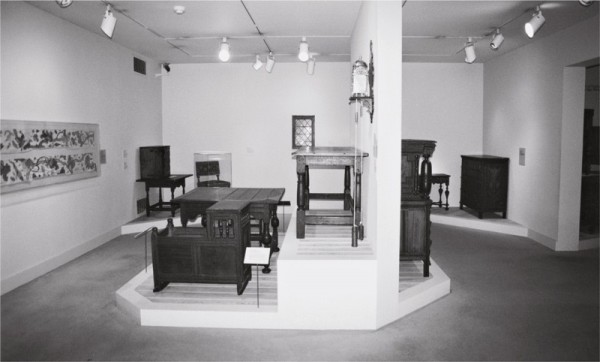
Exhibit section titled “Rare Forms of the Seventeenth Century,” Wadsworth Atheneum, Hartford, Connecticut, 2000. (Courtesy, Wadsworth Atheneum.)
